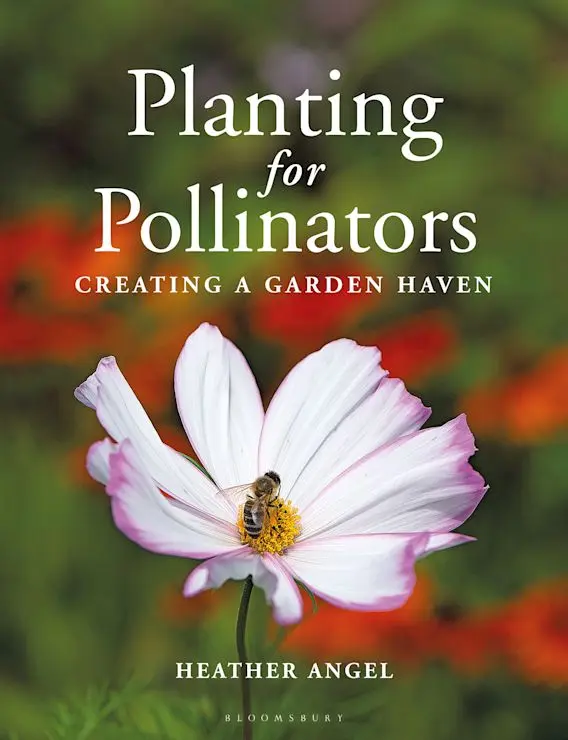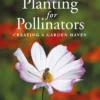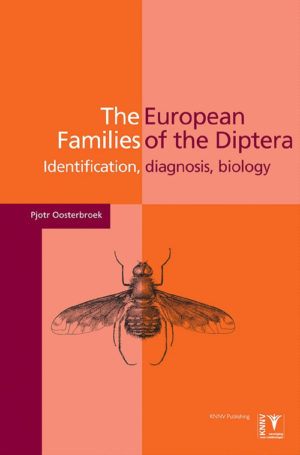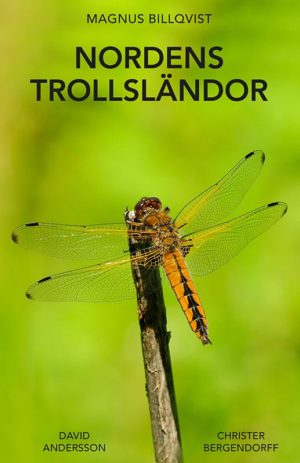Planting for Pollinators is an easy-to-use gardening guide to help you encourage different types of insect pollinators into your garden.
Insect pollinators not only bring joy to our gardens, they also provide an essential service for our planet. Without bees, flies, hoverflies, butterflies, moths and beetles, some of our favourite foods, flowers and plants would cease to exist.
Whether you have a large garden, an urban balcony or just a window box, planting to encourage pollinators is a fantastic and surprisingly easy first step in creating a wildlife-friendly space. Planting for Pollinators features a wide range of plants, with guidance on the best ways to nurture lawns and verges, pollinator predation and tips on watching and photographing wildlife. Beautifully illustrated throughout with images from award-winning wildlife photographer Heather Angel, this essential guide will show you how plants communicate with insects, and why it’s so important to protect our pollinators.
Organised by season and featuring more than 100 plant species – including bulbs, annuals, perennials, shrubs and climbers – this practical guide will help you to discover the short- and long-term benefits of having a variety of pollinators visit your garden.
Contents
Preface
Introduction
Parts of a flower
What is pollination?
Types of pollination
Why pollinators and flowers need each other
How flowers communicate with pollinators
Rewards and pseudo-rewards
Looking at lawns
The decline of pollinators
Pollinator predation
Redressing the balance
Choosing Plants for Pollinators
– Spring
– Summer
– Autumn
– Winter
Watching pollinators
Daytime forays
Native versus alien flowers
Pollen load colours
Nocturnal sorties
Photo tips
Into the future
Glossary
Further reading and resources
Acknowledgements
Index





